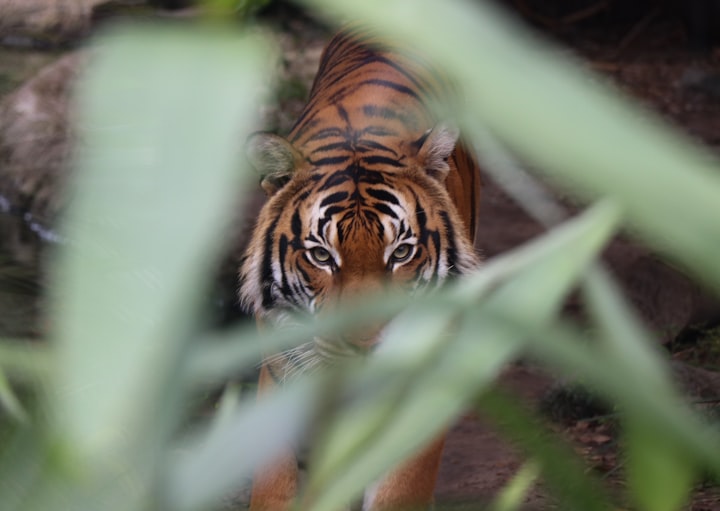Scientists hold "Planning for Tigers" event to call for ideas for tiger conservation
To protect the world's last 3,200 tigers in the wild

To protect the world's last 3,200 tigers in the wild, the World Society for the Protection of Animals and the Center for Wildlife Research at the University of Oxford has launched an online creative competition called "Planning for Tigers". Through the contest, the organizers hope to collect innovative ideas, products, and solutions from around the world to help scientists and front-line conservationists better monitor and protect tigers in the wild.
Infrared cameras and satellite positioning collars are often used by biologists and conservationists to study and monitor tigers in the field. This global project aims to improve existing monitoring methods and expand research tools to more effectively protect the world's 3,200 remaining tigers in the wild.
The University of Oxford researchers hope that the project will stimulate innovative ideas in the field of animal conservation and engage a wide range of people from fields other than wildlife experts, such as design, engineering, artificial intelligence, and other applied sciences.
David MacDonald, head of the University of Oxford's Wildlife Conservation Research Center, said, "The wild tiger is in a precarious position, facing threats from poaching, illegal trade, habitat loss, and human-tiger conflict. Despite the efforts of scientists and conservationists to protect them, these threats continue unabated, putting the survival of wild tigers at risk."
The six-week "Plan for Tigers" campaign will be open to all sectors of society, including universities, NGOs, government departments, intergovernmental organizations, and the creative industry, to solicit ideas and inventions for tiger conservation.
Dr. Eire Can, Chief Scientist of the Tiger Project and initiator of the campaign, said, "Science is just a way of thinking. We are very much looking forward to other experts in the field contributing to tiger conservation and working together with wildlife experts to protect the world's last 3,200 wild tigers."
Neil Delacruz, head of research at the World Society for the Protection of Animals, said, "The main reason wild tigers are being hunted is that people are trying to get their hands on tiger skins, paws, and bones. We urgently need innovative research to curb the root causes of tiger hunting cruelty and to try to save this beautiful and endangered species.
Sun Anhui, Senior Scientific Advisor of the World Society for the Protection of Animals, added: "The tiger is one of mankind's favorite animals and the pride of Asia. China was once considered the birthplace of the tiger, but there are only a few dozen wild individuals left in the country, mostly in border areas." He believes that human demand for tiger products is the greatest threat to wild tiger conservation and that only a complete end to the tiger trade will effectively reduce crimes against wild tigers.
The winning proposal for the event will be announced to the public on March 31, 2016. The winning proposal will be reviewed by the Wildlife Conservation Research Center at the University of Oxford and then submitted to the World Society for the Protection of Animals for field testing, which is expected to take place in the second half of 2016.
The tiger is the most iconic feline on Earth, yet it is currently at risk of extinction. The tiger is listed as "endangered" by the International Union for Conservation of Nature, with the Malay and Sumatran tigers listed as "critically endangered". 100 years ago, 100,000 wild tigers were living in Asia. Today, there are only 3,200 individuals in the wild in 13 Asian countries where tigers once existed, which is only 4% of the number 100 years ago. Poaching, illegal trade, over hunting, habitat loss and fragmentation, and human-animal conflict are the main causes of the plummeting wild tiger population.
About the Creator
Deena Thaddeus
The best way to find out if you can trust somebody is to trust them






Comments
There are no comments for this story
Be the first to respond and start the conversation.